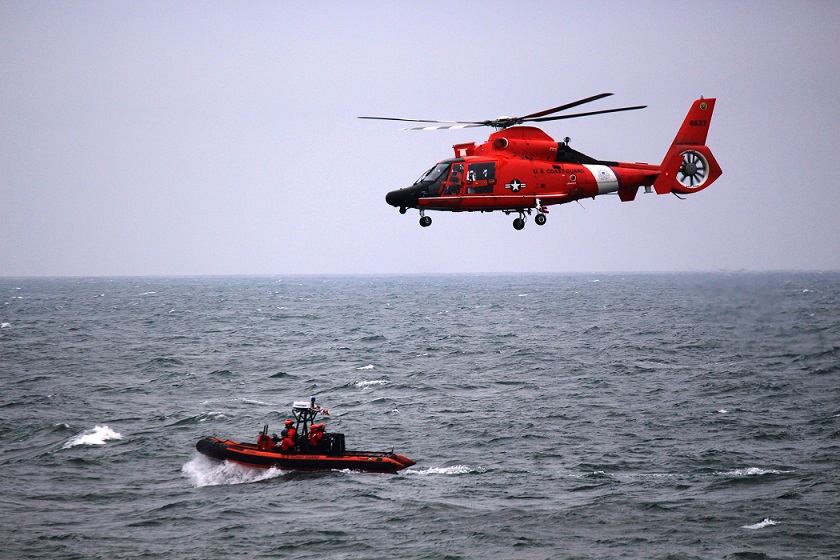This post is also available in:
 עברית (Hebrew)
עברית (Hebrew)
The US Defense Advanced Research Projects Agency (DARPA) has been advancing its Ocean of Things (OoT) program. The program seeks to enable persistent maritime situational awareness over large ocean areas by deploying thousands of small, low-cost floats that could form a distributed sensor network.
Each smart float would contain a suite of commercially available sensors to collect environmental data – such as ocean temperature, sea state, and location – as well as activity data about commercial vessels, aircraft, and even maritime mammals moving through the area. The floats would transmit data periodically via satellite to a cloud network for storage and real-time analysis, according to darpa.mil.
While several programs over the past decade have measured the ocean environment on a large scale (>10 km), the Ocean of Things(OoT) program will provide measurements that are orders of magnitude finer (<10m).
DARPA’s Strategic Technology Office has recently granted Numurus, a company specializing in smart IoT solutions, a $2.3M contract to integrate its Smart IoT Ecosystem into thousands of satellites connected remote monitoring devices.
The technology will provide smart information ecosystems for the increasing number of robotic inspection solutions and smart device fleets.
Potential applications include more accurate fish population estimation, oil spill monitoring, improved weather forecasting, and better tsunami prediction models.
To achieve the program goals, DARPA will leverage Numurus’ SB (Smart Brain) series of Edge hardware platforms and NEPI Edge IoT management services. These tools together produce a full-spectrum sensor-to-cloud solution capable of detecting minor changes in the environment, reducing megabytes of sensor data into kilobytes of information at the collection source, and transmitting that information through Iridium satellites to a secure firewalled cloud infrastructure.
Through NEPI’s fleet level monitoring and software management solutions, DARPA can access data products, tweak mission configurations, and apply software updates to deployed smart devices.
Outside of the marine environment, the technology advances developed under this program are immediately applicable to many challenging problems such as measuring ice sheet thickness and permafrost across remote areas of the world or search and rescue operations in mountainous and dense forested environments, according to prunderground.com.
The company’s technologies enable the rapid creation of intelligent cloud-connected inspection and maintenance solutions by combining sensing, control, and machine learning in compact packages.


























